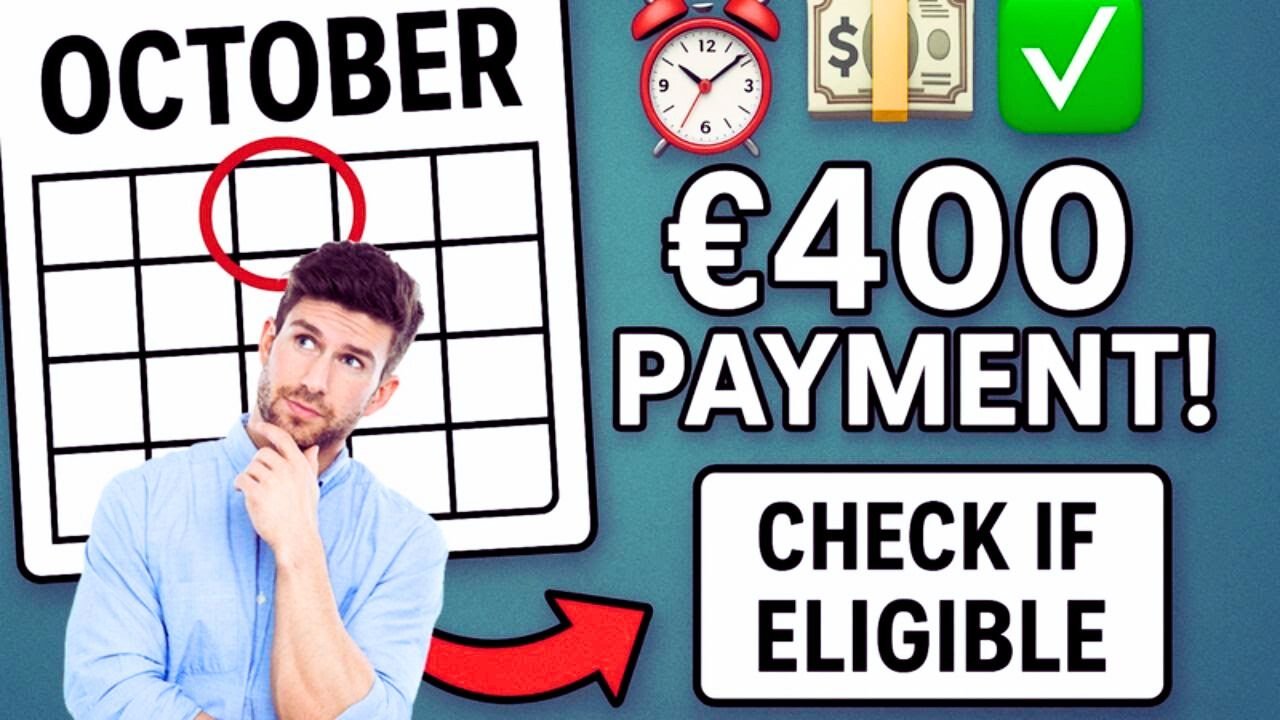As autumn sets in and bills start to bite, many folks across the UK are looking forward to some extra help from the government. The Department for Work and Pensions (DWP) has announced its latest round of Cost of Living Payments for October 2025. These one-off payments aim to ease the strain on households struggling with rising energy costs, food prices, and everyday expenses. With inflation still a worry for many, this support could make a real difference to families, pensioners, and those on low incomes. In this article, we’ll break down everything you need to know in simple terms, including who can claim, when the money will arrive, and how it all works. It’s all based on the latest DWP guidelines, designed to help those who need it most without any fuss.
Who Qualifies for the Payment?
First things first, not everyone will get this payment, but it’s aimed at a wide group of people on certain benefits. To be eligible, you must be claiming one of the qualifying benefits during a specific window, usually the three months leading up to October. This includes folks on Universal Credit, Pension Credit, Income Support, Jobseeker’s Allowance, or Employment and Support Allowance. If you’re a pensioner or have a disability, you might also qualify through other routes like Attendance Allowance or Disability Living Allowance. The DWP says the key is that your benefit claim must be active and approved by the end of September 2025. For families with children, there’s extra good news: if you’re on Child Tax Credit or Working Tax Credit, you could be in line for support too. Remember, these payments are automatic for most people, so there’s no need to apply separately if you’re already on the system. However, if your circumstances have changed recently, it’s worth checking with the DWP to make sure you’re not missing out.
Full Payment Schedule
The payments won’t all land at once, as the DWP spreads them out to manage the process smoothly. This helps avoid any glitches in the system and ensures everyone gets their share without long waits. For October 2025, the schedule is straightforward, with different dates based on your benefit type. Most people will see the money in their bank accounts within a week or two of the start date. Here’s a quick table to show the key dates:
| Benefit Type | Payment Start Date | Expected Arrival Window |
|---|---|---|
| Universal Credit | 1 October 2025 | 1-7 October |
| Pension Credit | 8 October 2025 | 8-14 October |
| Tax Credits | 15 October 2025 | 15-21 October |
| Other Benefits (e.g., JSA) | 22 October 2025 | 22-31 October |
As you can see, it’s all timed to roll out over the month. If you’re on multiple benefits, you might get more than one payment, but the DWP will sort that out automatically. Keep an eye on your bank statements around these dates, and if nothing shows up by the end of your window, give them a call.
How Much Will You Get?
The amount you receive depends on your situation, but it’s designed to be a helpful boost rather than a full fix. For most single claimants on Universal Credit, it’s £299, while couples could see up to £500 if they qualify jointly. Pensioners on Pension Credit might get an extra £150 on top of their usual amount, and families with kids could receive £200 per child, capped at three children per household. These figures are up from last year, thanks to feedback from charities and MPs who pushed for more support. The DWP stresses that this is tax-free money, so it won’t affect your other benefits or push you into a higher tax bracket. If you’re unsure about your exact amount, the government’s online checker tool is a quick way to find out – just pop in your details and it’ll give you an estimate.
What If You Miss Out or Need More Help?
While these payments are a lifeline for many, they’re not the only support available. If you don’t qualify this time, look into other schemes like the Household Support Fund, which local councils run for things like food vouchers or energy bill help. The DWP also encourages people to claim any unclaimed benefits – did you know millions of pounds go unclaimed each year? For those in real hardship, charities like Citizens Advice can offer free guidance. This October round is part of a bigger plan to tackle the cost of living crisis, with more payments possibly coming in winter. The government says it’s listening to concerns, especially from vulnerable groups, and might tweak things based on how this goes. Overall, it’s a step in the right direction, but many are calling for longer-term fixes like better wages and cheaper energy.
In the end, these Cost of Living Payments show the government’s effort to help during tough times. With simple eligibility and automatic payouts, it’s easier than ever to get the support you deserve. If you’re eligible, mark those dates in your calendar and use the money wisely – whether it’s for heating your home or stocking up on groceries. For more details, head to the official DWP website or call their helpline. Staying informed is key to making the most of what’s on offer.
Frequently Asked Questions
What if my payment doesn’t arrive on time?
Don’t panic – sometimes there are small delays due to bank processing. Wait until the end of your window, then contact the DWP helpline on 0800 169 0310 for a check.
Can I get the payment if I’m working part-time?
Yes, as long as you’re on a qualifying benefit like Universal Credit. Your earnings might affect the amount, but part-time work doesn’t disqualify you.
Is this payment available in Scotland, Wales, and Northern Ireland?
Absolutely, it’s a UK-wide scheme, though some regions might have extra local support on top. Check with your local authority for details.
